
Environmental Justice Overview
What is Environmental Justice?
Environmental justice means that everyone—regardless of race, color, national origin, or income—has the right to the same environmental protections and benefits, as well as meaningful involvement in the policies that shape their communities. Environmental justice requires governments to correct laws, policies, and regulations that together have created systemic racism and oppression, placing low income communities and communities of color in more polluted environments. Achieving environmental justice requires robust and equitable engagement with the communities who have previously been excluded from the decision-making processes meant to address environmental issues, improve their health, and increase their economic prospects.
Throughout California, low-income communities and communities of color have experienced a combination of historical discrimination, neglect, and political and economic disempowerment. The result is that today they are disproportionately impacted by pollution and associated health conditions, as well as social and economic disadvantages like poverty or housing instability.
Senate Bill (SB) 1000, the Planning for Healthy Communities Act, requires that General Plans address environmental justice and respond to inequity by reducing pollution and health impacts and requiring cities and counties to include the voices of previously marginalized residents in planning decisions.
What does an Environmental Justice Policy Look Like?
The cities of East Palo Alto and Burlingame have existing policy guidance that support environmental justice. The County of San Mateo does not have an Environmental Justice Element. Below are some examples of environmental justice goals and policies.

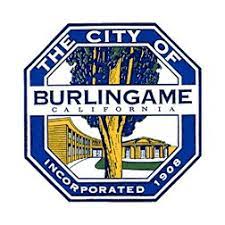




Check out the work that has been done to date for each city below:
Key Environmental Justice Topics
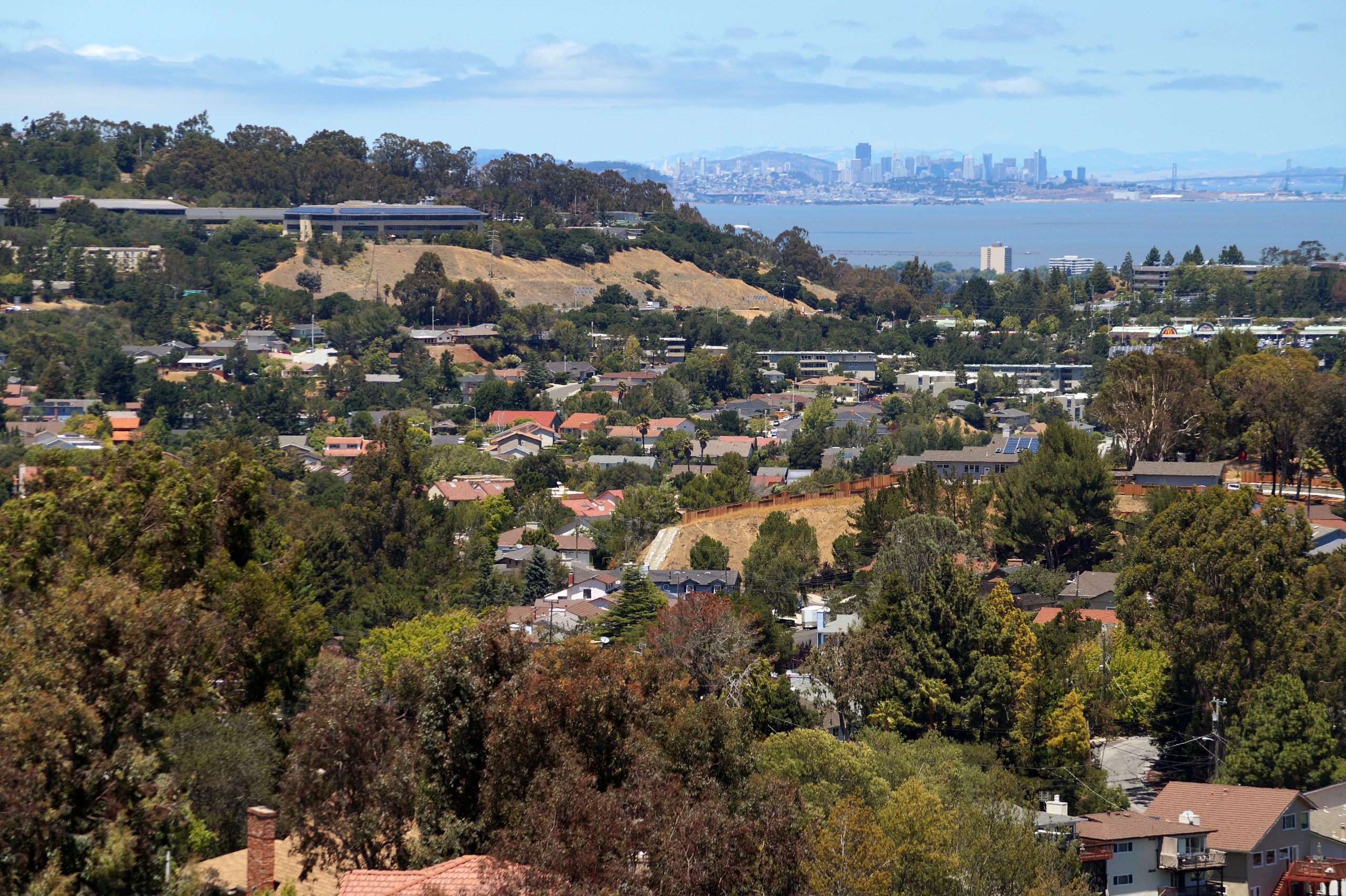
Pollution exposure. Exposure to air pollution is associated with a variety of negative health outcomes, including reduced lung function, pneumonia, asthma, cardiovascular diseases, and premature death. It may also affect lung cancer rates. In Burlingame, East Palo Alto, and San Mateo County, a significant source of air pollution is transportation emissions on Highway 101, Highway 84, and local high-volume roads like University Avenue and El Camino Real. In addition, current and past hazardous waste facilities can worsen air quality, as well as contaminate soil and groundwater, posing additional health risks. Pollution exposure issues can be more acute when incompatible land uses, such as heavy industrial facilities and residential uses, are placed in close proximity.
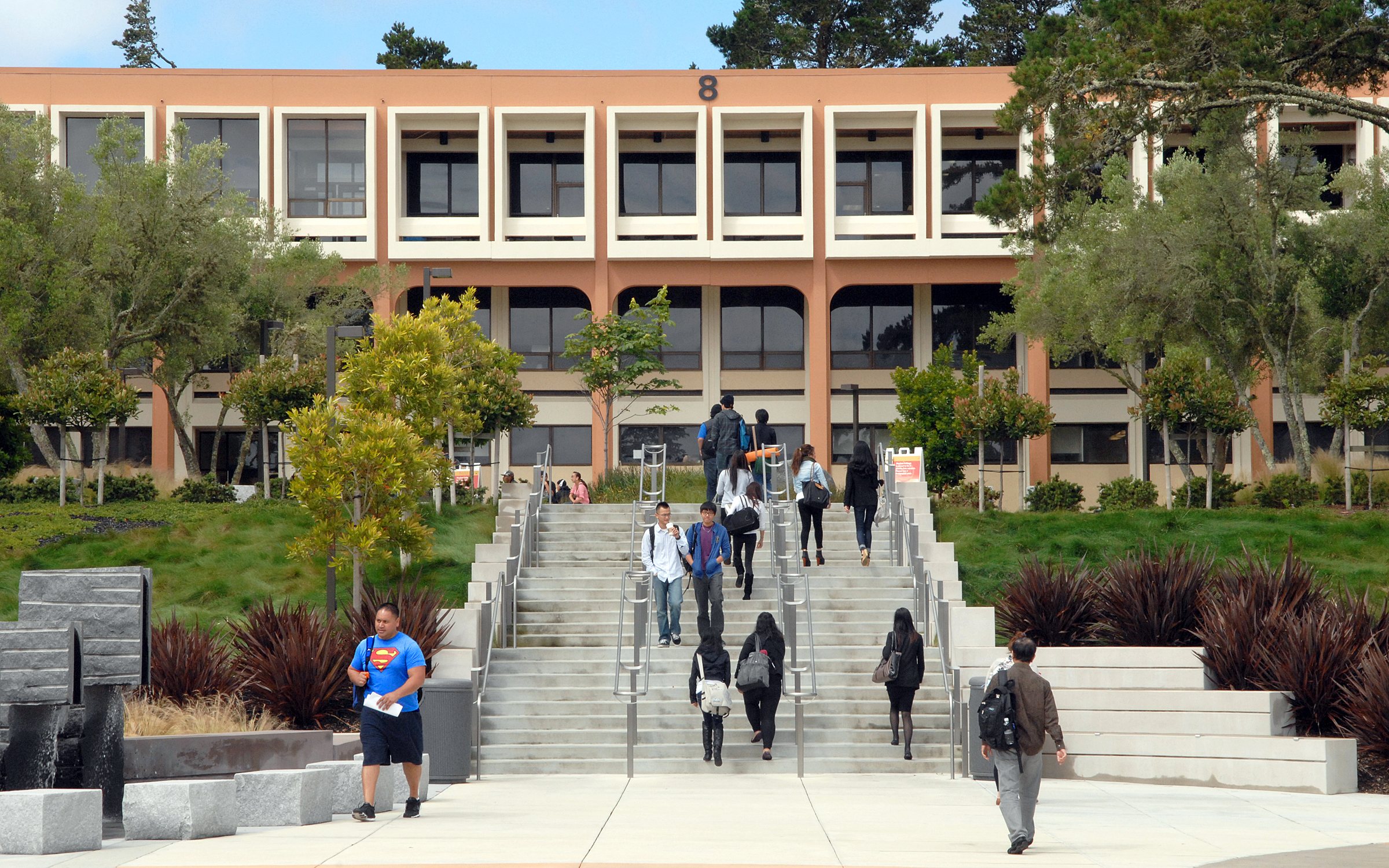
Public facilities. Public facilities are essential to community health and safety, such as by delivering clean water, collecting and treating wastewater, and supporting effective police and fire services. They are also essential to support healthy communities where residents can thrive, such as by providing meeting places for social, educational, or recreational activities. Many low-income communities and communities of color lack access to quality public facilities, especially in urban unincorporated areas at the edge of cities or in unincorporated county islands. When community members lack access to these facilities, their physical and mental health can suffer, so it is important to understand if these facilities are meeting the needs of community members.

Food access. When the only stores selling food in a neighborhood are small convenience stores offering pre-packaged goods and the only restaurants sell fast food, it can be hard to eat healthy, which can lead to higher rates of obesity, diabetes, and high blood pressure in the community. This becomes even more challenging when residents lack access to easy transportation, which can be common in some vulnerable populations like children, seniors, people with disabilities, and people with low incomes. Grocery stores and markets that carry fresh foods, farmers’ markets, farm stands, and community gardens are all outlets that can increase neighborhood access to healthy food options.
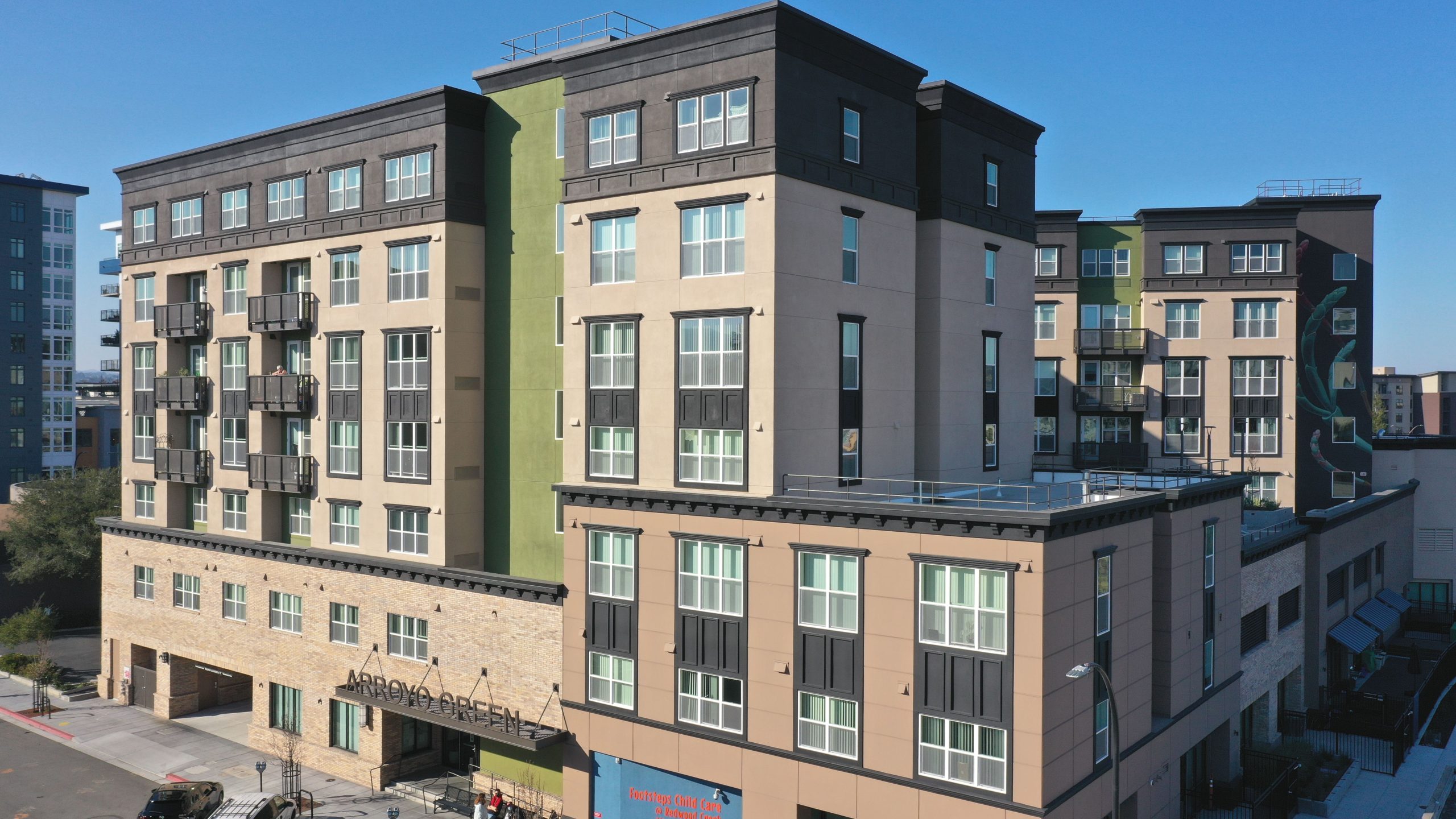
Safe and sanitary homes. Older housing stock and/or a lack of maintenance can lead to safety concerns. Residents may live in housing conditions that expose them to toxins like lead or other hazardous conditions like pest infestations, mold, and water intrusion. Policies and programs that expand efforts to repair and rehabilitate substandard housing should be considered in these areas. Meanwhile, housing affordability can also limit access to safe housing.

Physical activity. Lack of physical activity can lead to obesity, which increases the risk of certain diseases, such as diabetes and high blood pressure. Having easy and safe access to parks and active recreation and transportation opportunities helps residents to incorporate physical activity into both leisure time and daily transportation needs. Therefore, communities where there are safe and easy walking and biking connections to parks, jobs, schools, and transit support active lifestyles, which in turn support community health.

Additional health risks, including climate vulnerability. Every community is unique, so it is important to understand if there are other health risks specific to the communities within each jurisdiction. Identifying these additional health risks often comes about by learning from the lived experiences of community members. In addition, Burlingame, East Palo Alto, and San Mateo County all face climate risks like wildfire, flooding, and sea level rise, and low-income communities and communities of color are often more vulnerable to these risks due to a lack of access to secure housing, financial resources, healthcare and education, decision-making, and other consequences of systemic injustices and marginalization. By engaging with community members, the process will consider these additional health risks in each community.
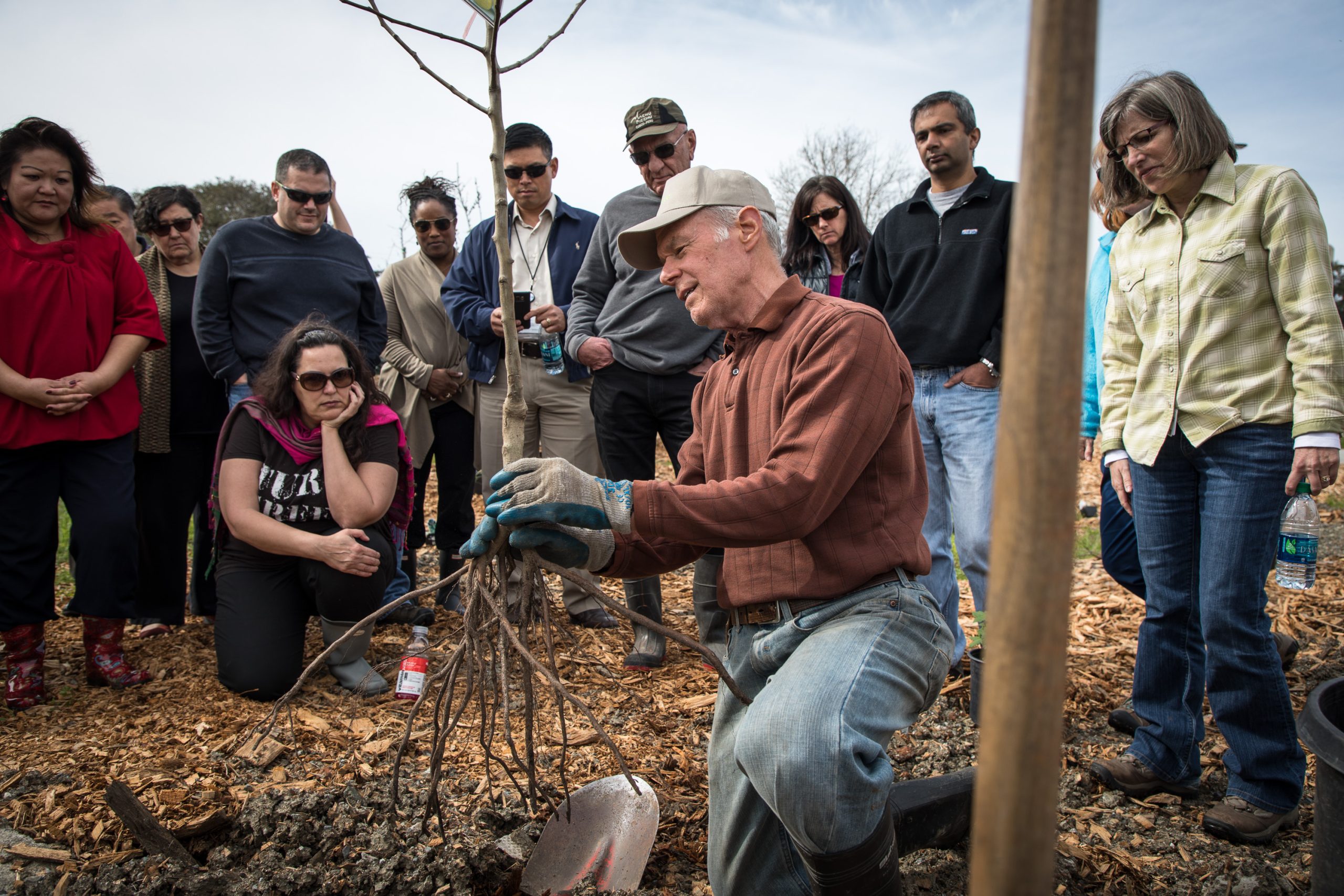
Community engagement. Residents in previously marginalized communities may face barriers to participating in planning processes so that they lack a voice in decisions that affect their neighborhood. Therefore, community engagement must be at the core of the process to develop environmental justice policy guidance so that the people most affected by these decisions are driving the solutions and helping to set up a structure for ongoing and effective community engagement in future planning processes and decisions.